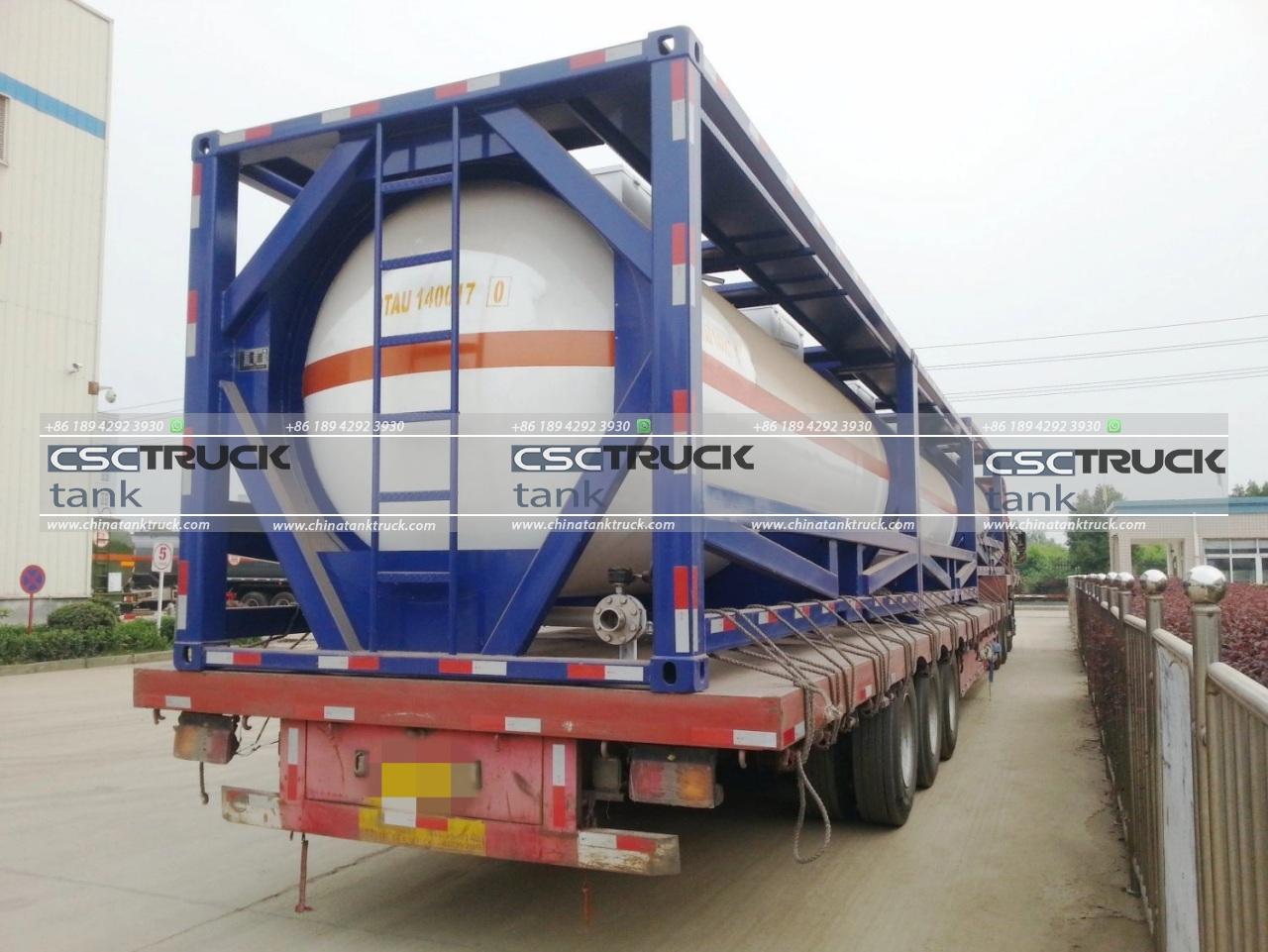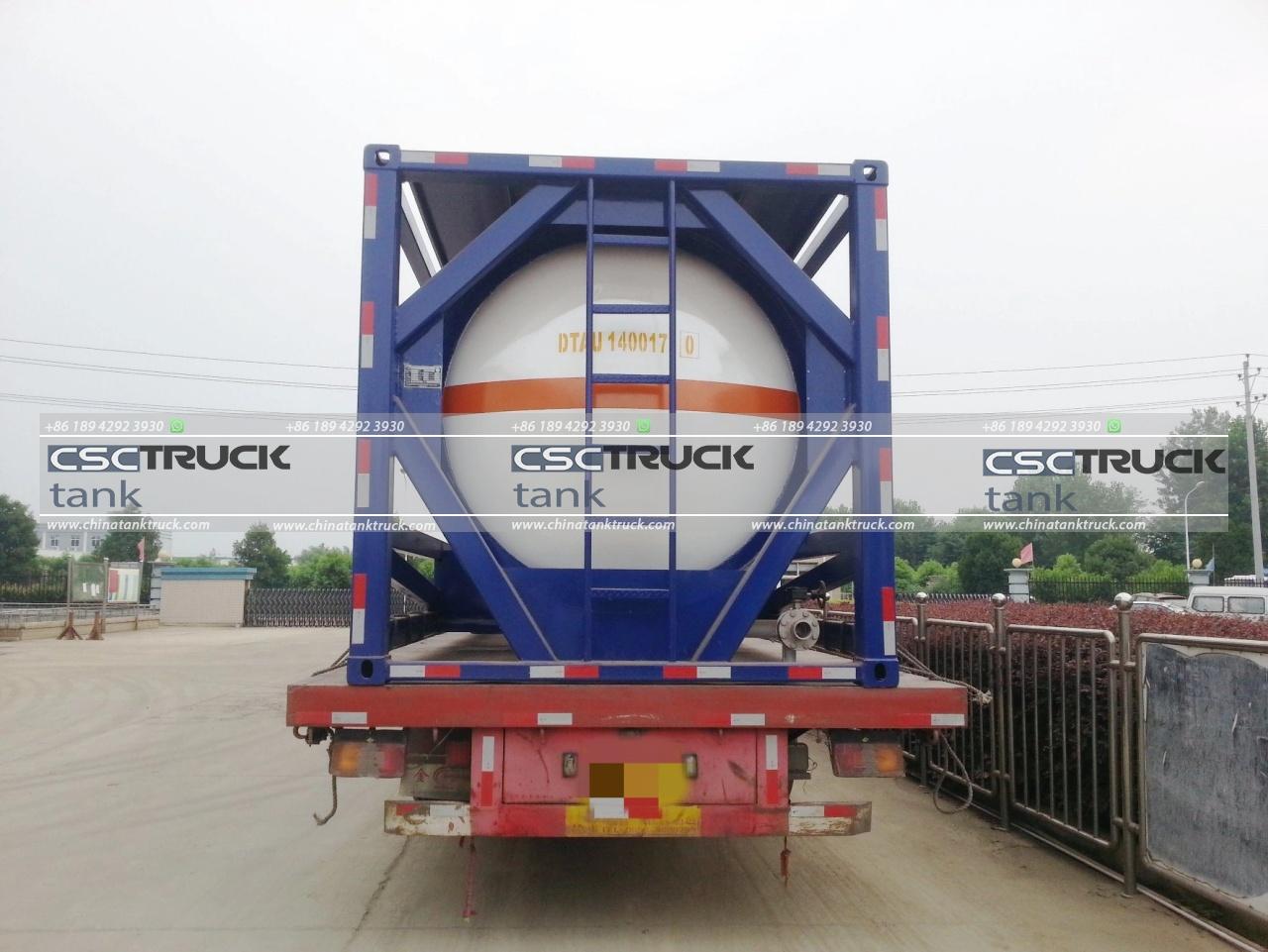How Thick is the ISO Tank?
In the world of logistics and transportation, ISO tanks play a crucial role in the safe and efficient movement of liquids, including chemicals, pharmaceuticals, and food products. Understanding the construction and durability of these tanks is essential for ensuring their reliability and safety. One fundamental aspect that often sparks curiosity is the thickness of the ISO tank walls. This article delves into the construction of ISO tanks, the factors influencing their thickness, and the reasons behind their design specifications.
What is an ISO Tank?
An ISO tank, also known as an ISO container or tank container, is a standardized vessel used for the transportation of liquids. Designed to conform to international standards set by the International Organization for Standardization (ISO), these tanks are built to be robust, versatile, and safe for a wide range of liquid cargo. They are primarily used in intermodal transport, allowing seamless transfers between different modes of transportation, such as ships, trains, and trucks.

Construction and Design
ISO tanks are composed of several key components, each contributing to their overall durability and functionality. The main components include:
1. Tank Shell: The central part of the ISO tank, where the liquid cargo is stored. The shell is usually made from stainless steel or aluminum, materials chosen for their strength, corrosion resistance, and ability to handle a range of temperatures.
2. Insulation: Many ISO tanks are equipped with insulation to maintain the temperature of the cargo. This is particularly important for temperature-sensitive materials like chemicals and pharmaceuticals.
3. Framework: The external frame provides structural support and ensures the tank can be securely mounted onto transport vehicles. The frame is made from strong steel, capable of withstanding the rigors of transport and handling.
4. Piping and Valves: ISO tanks are fitted with various piping systems and valves to manage the loading, unloading, and venting of the liquid cargo.
Thickness of the Tank Shell
The thickness of the tank shell is a critical factor in ensuring the tank’s safety and longevity. It varies depending on several factors, including the type of liquid being transported, the tank’s design, and regulatory standards. Generally, the thickness of the tank shell can be broken down as follows:
1. Standard Thickness: For most ISO tanks, the tank shell’s thickness ranges from 5 to 6 millimeters (0.2 to 0.24 inches). This thickness is designed to withstand the pressures and stresses encountered during transport, while also ensuring that the tank remains lightweight enough for efficient handling.
2. Material Considerations: The choice of material affects the thickness required. Stainless steel, for example, offers high strength and corrosion resistance, allowing for thinner walls compared to materials with lower strength properties. Additionally, the specific grade of stainless steel used can influence the thickness.
3. Type of Cargo: The nature of the liquid cargo also impacts the thickness of the tank shell. For example, highly corrosive chemicals or substances transported at high pressures may necessitate thicker tank walls to provide extra protection. Conversely, less hazardous liquids may allow for thinner walls.
4. Regulatory Standards: ISO tanks must adhere to international regulations and standards, such as those set by the International Maritime Organization (IMO) for marine transport. These standards stipulate minimum requirements for tank construction, including wall thickness, to ensure safety during transit.

Factors Affecting Tank Thickness
Several factors can influence the required thickness of an ISO tank shell:
1. Pressure Ratings: Tanks designed to transport liquids at high pressures require thicker walls to withstand internal stresses. These tanks are often equipped with reinforced materials and additional safety features to manage the pressure safely.
2. Temperature Extremes: ISO tanks used for transporting liquids at extreme temperatures may need additional thickness or specialized insulation to protect against temperature-induced stress. For example, cryogenic tanks designed for extremely low temperatures will have thicker walls and advanced insulation materials.
3. Material Strength: The type and grade of material used in tank construction significantly impact the required thickness. High-strength materials can reduce the necessary thickness while maintaining safety and structural integrity.
4. Design Life: Tanks built for long-term use may have thicker walls to ensure durability and longevity. Over time, wear and tear can affect tank integrity, so thicker walls provide an additional margin of safety.
Safety and Maintenance
The thickness of the ISO tank is not the only factor contributing to its safety. Regular maintenance and inspection are essential to ensure the tank remains in good condition throughout its service life. Inspections typically include checking for corrosion, leaks, and other signs of wear that could compromise the tank’s integrity.
In addition to routine inspections, tank operators must follow proper handling and maintenance procedures to prevent damage. This includes avoiding excessive impacts during loading and unloading, adhering to weight limits, and ensuring that the tank is used within its design parameters.

Conclusion
The thickness of an ISO tank is a critical element in its design and functionality, influencing its ability to safely transport a wide range of liquid cargo. By adhering to international standards and considering factors such as cargo type, pressure, and temperature, manufacturers ensure that ISO tanks are both robust and efficient. Understanding the thickness and construction of these tanks helps stakeholders in the logistics industry appreciate the engineering and safety measures involved in their design, ultimately contributing to the safe and effective transport of essential liquids around the globe.

